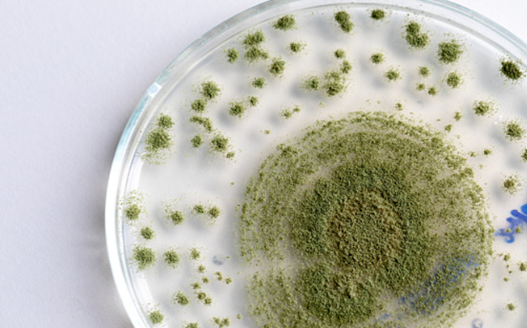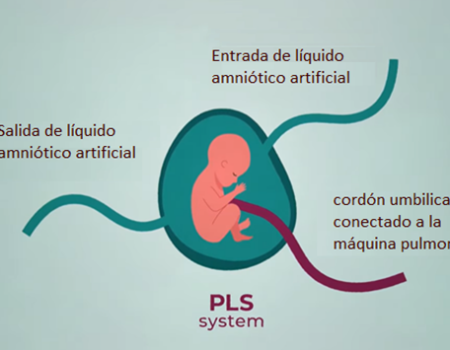
Full Time Professor
Bioengineering and Chemical Engineering Department
This year, scientists Katalin Karikó and Drew Weissman were awarded the Nobel Prize in Physiology or Medicine for their discoveries that allowed the development of effective messenger RNA (mRNA) vaccines against VOCID-19 [1]. Let’s see in this article how the science behind the mRNA modification technique quickly becomes applied in one of the bioprocesses that saved humanity:
Experiments with unprecedented discoveries
Dr. Katalin Karikó, a Hungarian biochemist, worked as an assistant professor at the University of Pennsylvania in 1990 when she decided to study how the mRNA molecule can serve as a therapeutic agent for different diseases without producing inflammatory responses, given that until that date scientific evidence proved otherwise. RNA is a biological molecule synthesized in the cells of any living organism from its analogous molecule, DNA, by a process called transcription. Subsequently, this RNA goes through a series of modifications at the molecular level whose objective is to give stability to then be transported to ribosomes as mRNA (messenger m) and produce proteins in another molecular process called translation. At the same university, Dr. Karikó met with Dr. Drew Weissman who was also interested in the behavior of a specifically important immune cell type during the activation of the vaccine-induced inflammatory response.
The two researchers worked hard and by the first decade of the 2000s they had results showing that the mRNA synthesized in vitro and, with some modifications in its molecular structure, was able to generate proteins in a greater proportion without causing an inflammatory response (See Fig. 1). These findings allowed the development of technologies such as vaccines, and the first vaccines to use this mRNA technology were applied to combat Zika virus and MERS-CoV. The newest application of mRNA therapy was embodied in Pfizer-BioNTech and Moderna vaccines.

From laboratory to industry
While these findings allowed the development of vaccines in a research laboratory, how is their mass production developed to meet the needs of, for example, the world population during the COVID-19 pandemic? In this sense, the article: “Economic Technical Modeling and Evaluation of a Large-Scale Vaccine Manufacturing Process based on mRNA using SuperPro Designer” [2] demonstrates the factors in which chemical engineers contribute to implement bioprocesses and optimize them in order to massify the production, in this case, of vaccines complying with Good Manufacturing Practices (BMP). Let’s take a simplified look at how an industrial process to produce vaccines with mRNA technology takes place:
First, the DNA molecule is introduced along with enzymes under given conditions to an oscillating motion bioreactor, where DNA transcription to mRNA is carried out. Then, the tangential filtration operations are executed, affinity chromatography and precipitation of lithium chloride solution to remove impurities and mRNA is purified along with enzymes and proteins that carry out the necessary modifications to then be purified by advanced methods such as chromatography with oligonucleotides and filtration with special membranes. Finally, purified mRNA is taken to nanoencapsulation where, with the aid of microfluidic devices, mRNA is mixed with lipid ethanol solutions to form lipid nanoparticles, finally obtaining mRNA ready to encode the necessary proteins. This solution is again purified and packaged in the formulation stage with adjuvant compounds for use as a vaccine against diseases (Figure 2).

Chemical engineers are able to contribute to multidisciplinary projects like these from the laboratory stages, such as the production of therapeutic substances in bioreactors, to the conceptualization, the analysis, optimization and economic evaluation of processes. Together with bioengineers and biotechnology professionals, they are the ideal team to implement what the most relevant scientific discoveries, to solve the complex challenges in this case represented by the pandemic derived from COVID-19 disease.
References
[1] The Nobel Prize. ‘‘The Nobel Prize in Physiology or Medicine 2023’’ NobelPrize.org. https://www.nobelprize.org/prizes/medicine/2023/summary/ (accessed Oct. 19, 2023)
[2] R. Da Gama & D. Petrides. “Messenger RNA (mRNA) Vaccine Large-Scale Manufacturing – Process Modeling and Techno-Economic Assessment (TEA) using SuperPro Designer.” ResearchGate, 2023. Available: https://www.researchgate.net/publication/356474248_Messenger_RNA_mRNA_Vaccine_Large_Scale_Manufacturing_-_Process_Modeling_and_Techno-Economic_Assessment_TEA_using_SuperPro_Designer . (accessed Oct. 19, 2023)




